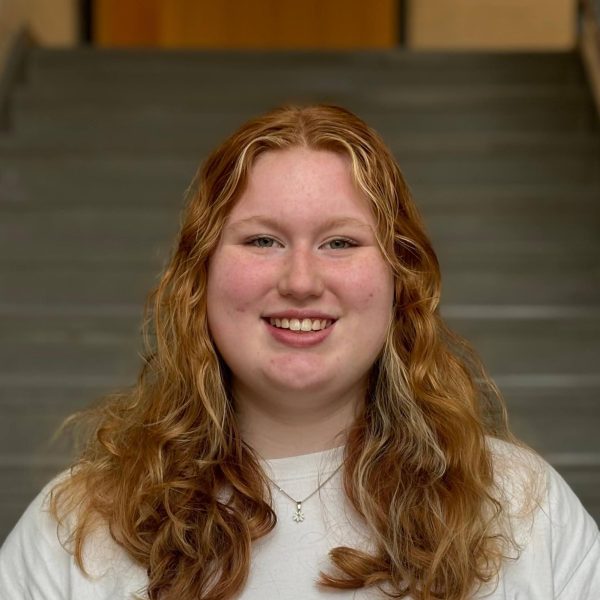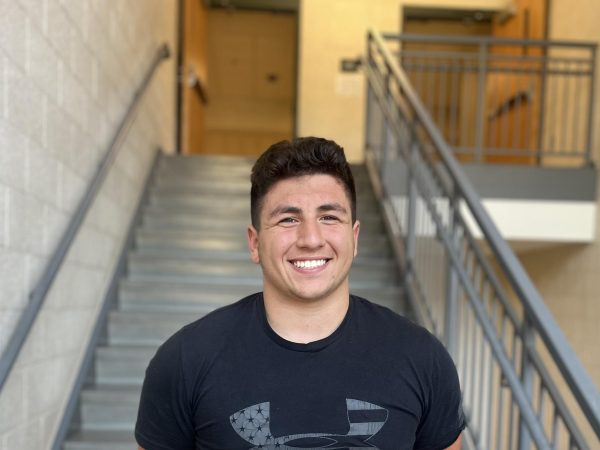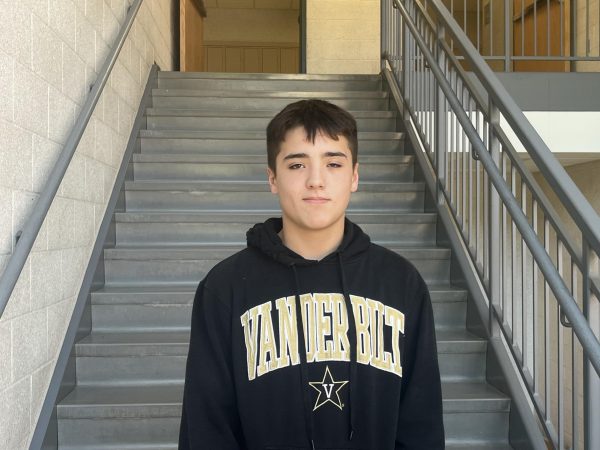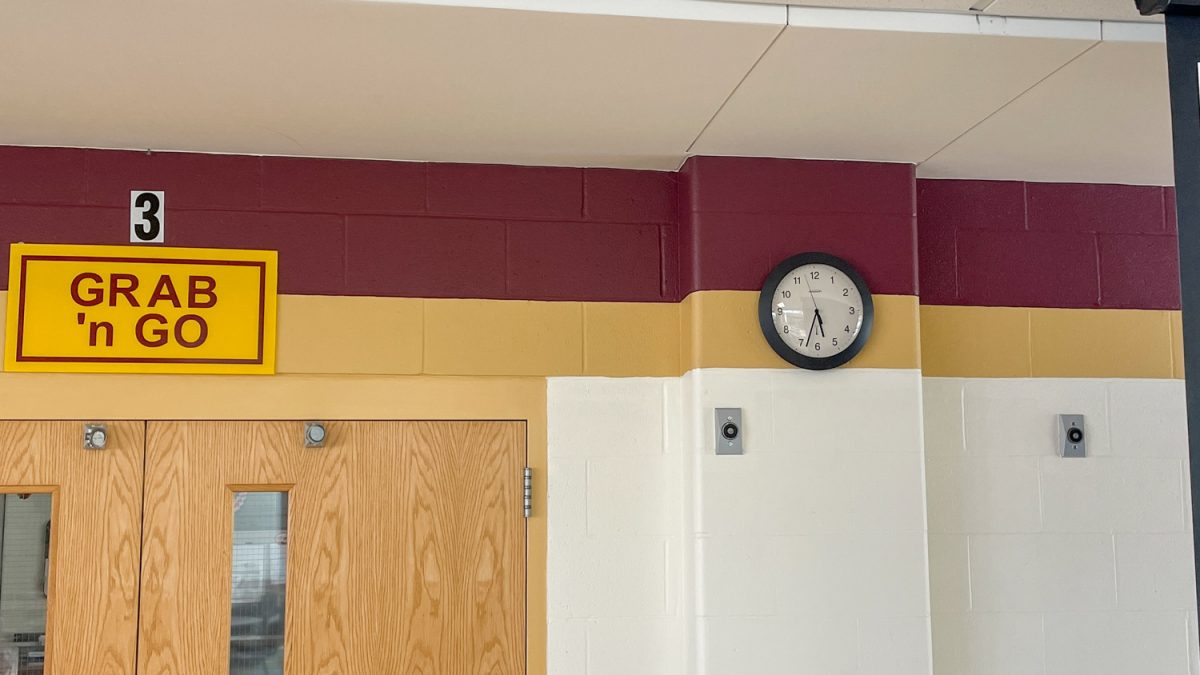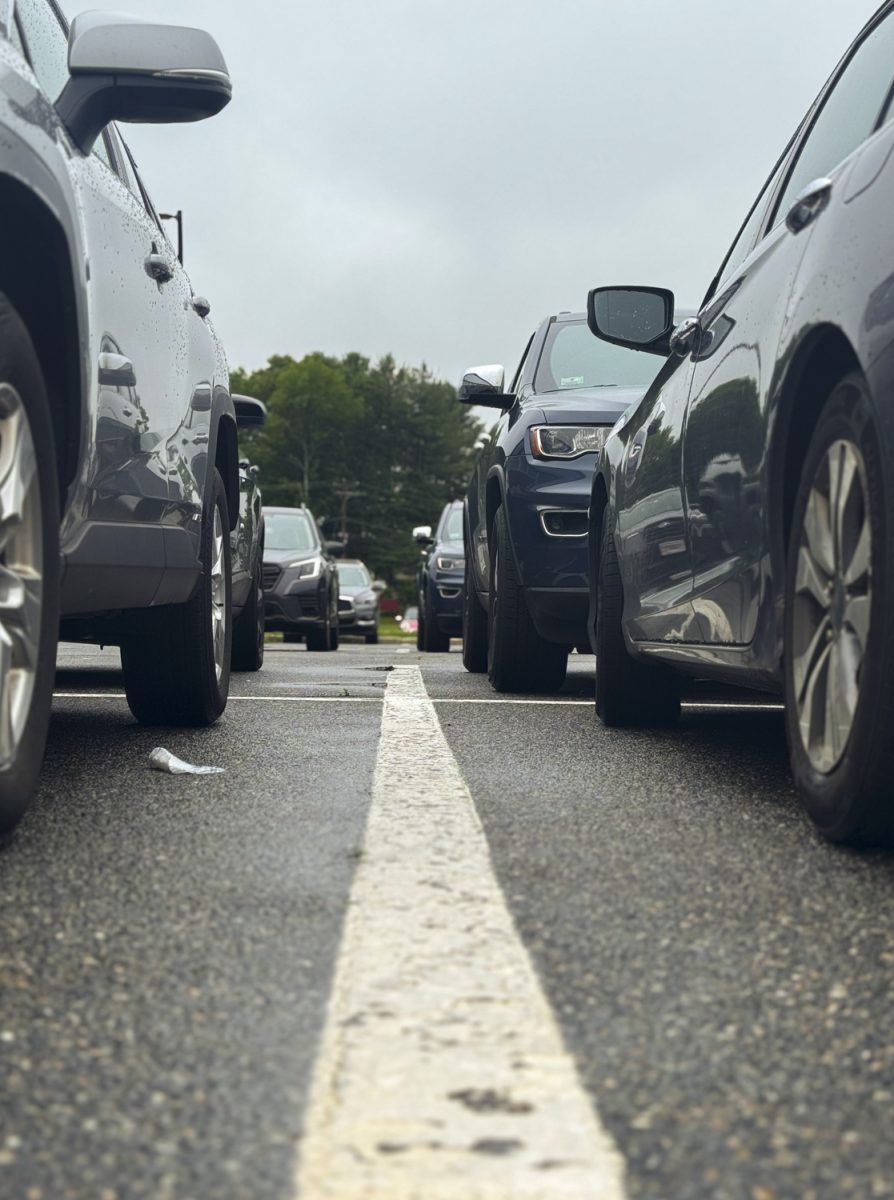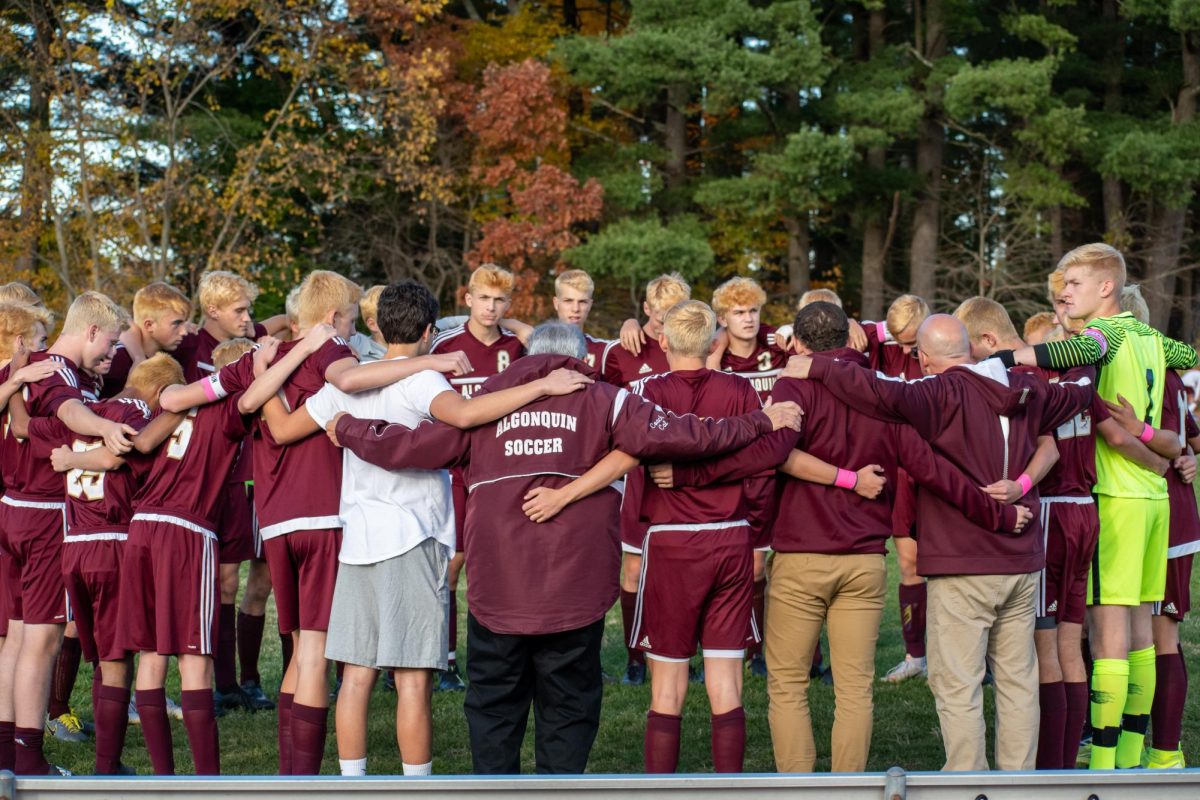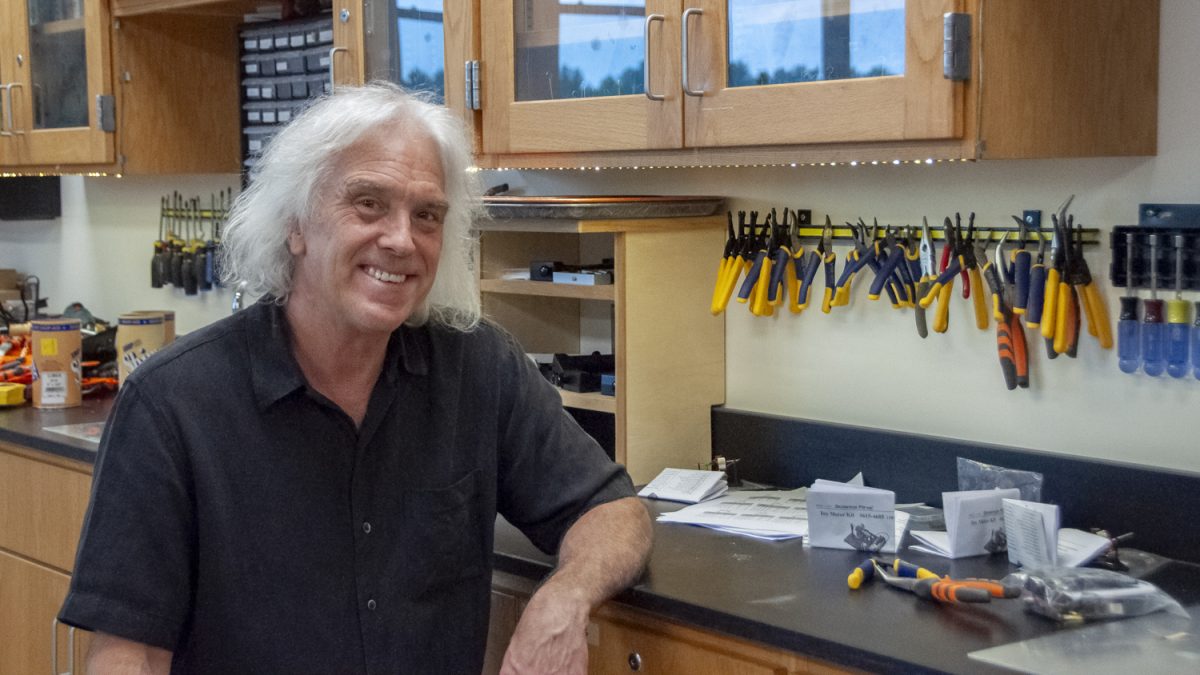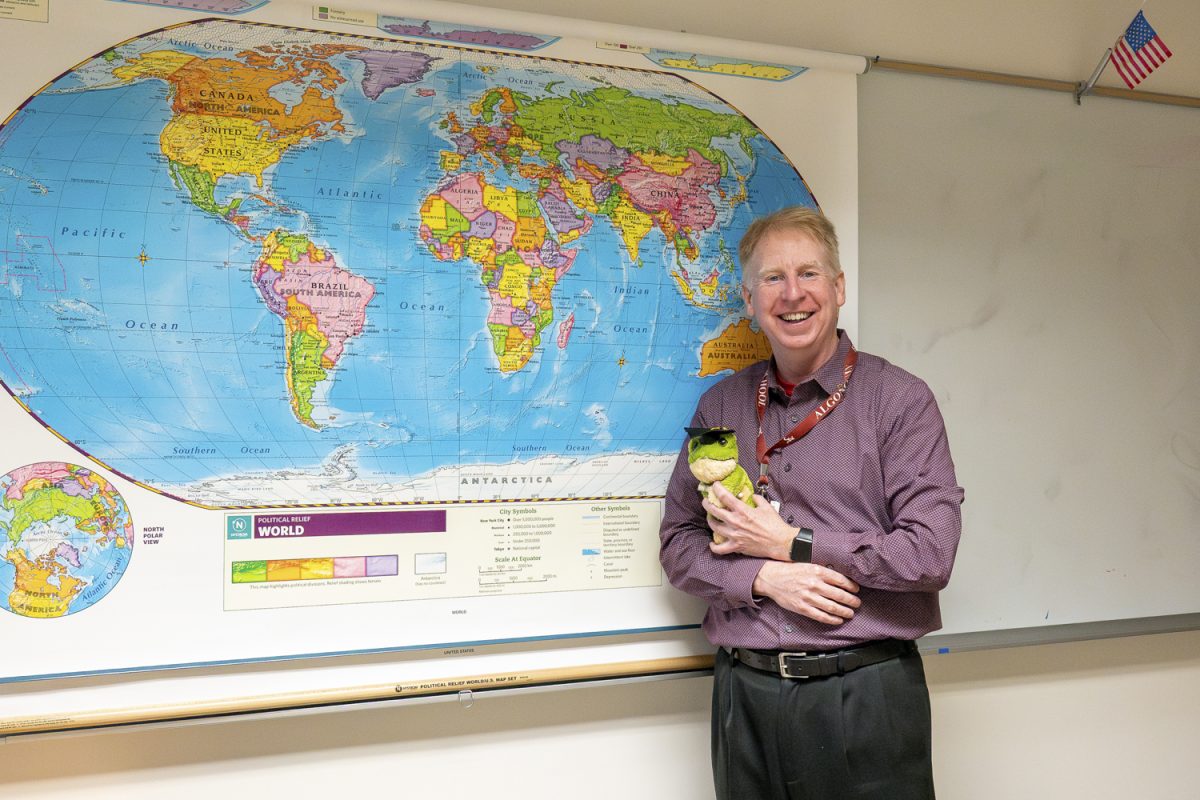New courses offered for 2025-2026 school year

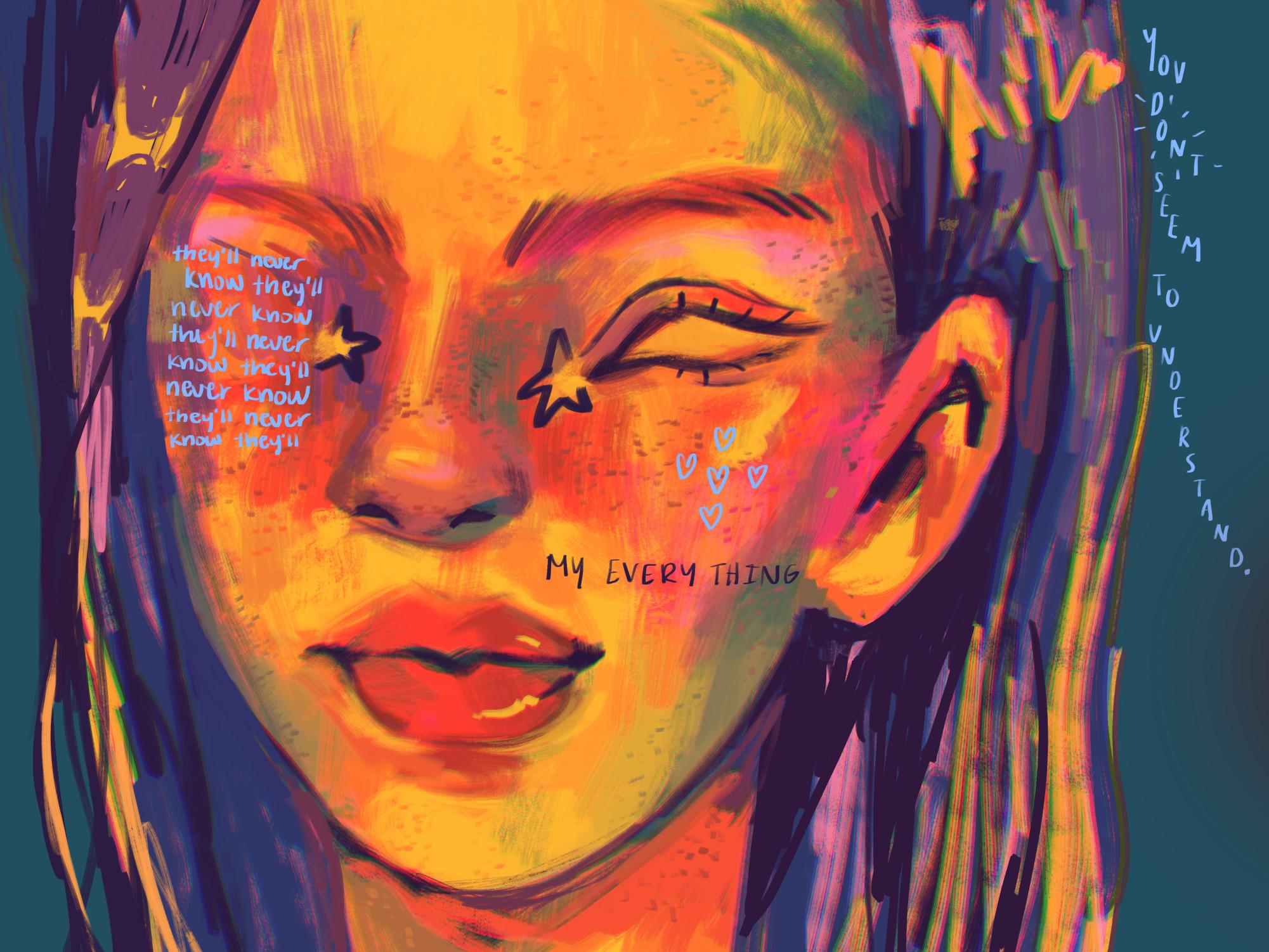
Expressive Digital Media Arts (H), taught by Michelle Sheppard, is a semester long new course, with the prerequisite of Digital Art, Digital Photojournalism, Graphic Design or Expressive Photography. This class will focus on the expression of students’ digital art.
Please describe the new course you will be teaching, including main objectives, projects or focus.
“Expressive digital media arts is a second level course before going into AP…Expressive Digital Media Arts is mostly going to end up being digital art, but I’ve had students come to me with these awesome interests that we don’t have a place for…My goal is for [students] to take what they already know, the skills they already have, and I think about combining it with their artistic voice and their own life experience to put that into more developed artworks when we don’t have to be going over really basic things.”
Why should students take this course and why is it beneficial to be offered at Algonquin?
“Some students love digital arts so much, and if they think that they might want to take AP, it’s a really nice second level, and it’s nice to not have to sit through explanations and things that you might already know. It’s really going to be a much more streamlined focus on the work, discussing the work [and] printing the work really often. I am really excited about what it can be.”
What are you most looking forward to about teaching this course?
“We have an incredible student body here full of really amazing individuals. I feel like sometimes we don’t always realize how amazing they are until we’re realizing the amazing things that they do when they’re seniors. But I just hope that we can create more outlets for people to express their inner amazing.”
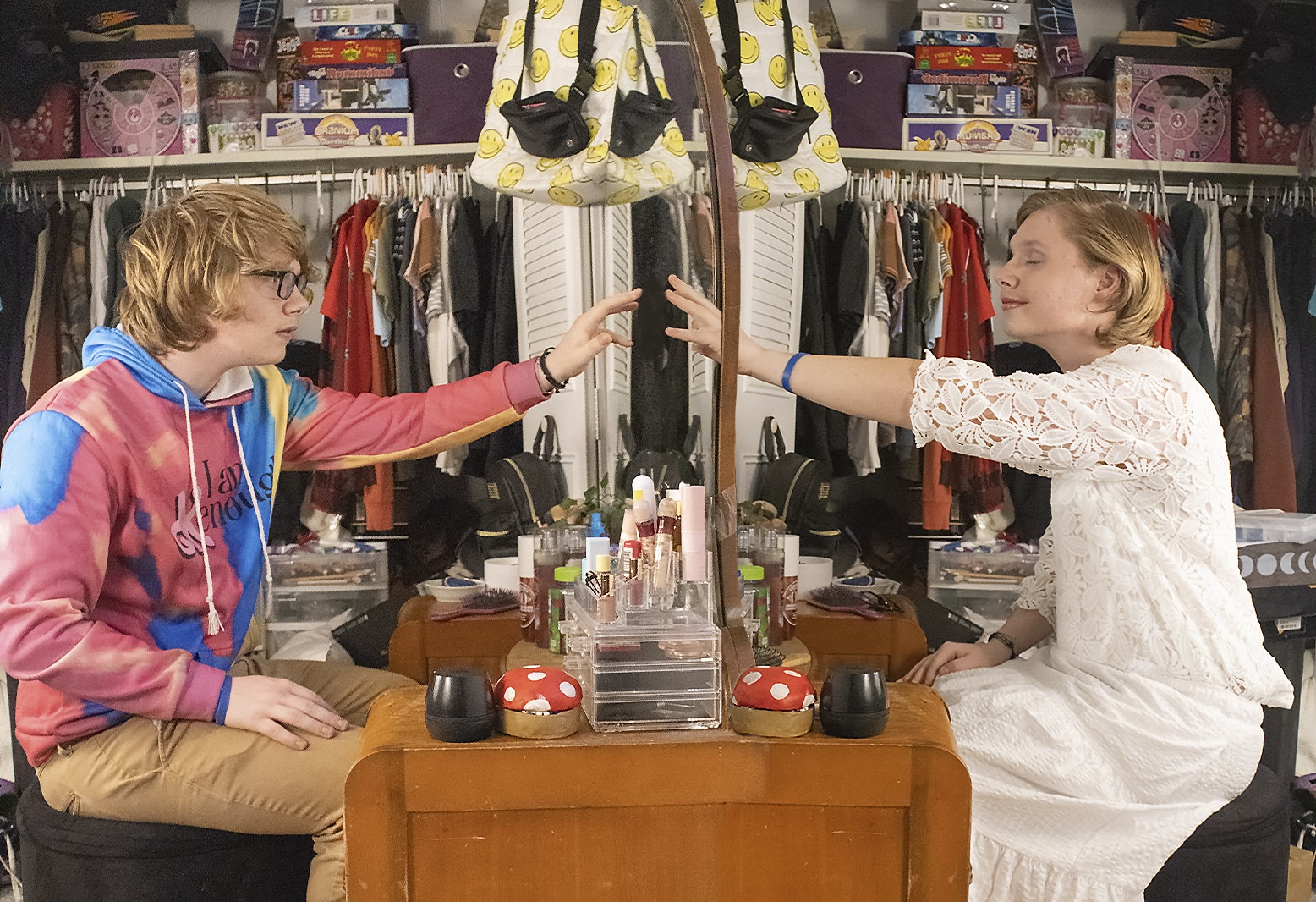
Expressive Photography (H) taught by Michelle Sheppard, is a new semester-long course with a focus on expression of students’ photography. The class has a prerequisite of Photo I or Digital Photojournalism.
Please describe the new course you will be teaching, including main objectives, projects or focus.
“In Photo II students are usually pairing photographic techniques with ideas. And this did not really exist for Digital Photography because most of what we do with Digital Photography is photojournalism, so I wanted there to be a class that does this exact thing, but that pairs photographic techniques with storytelling, but personal storytelling and expressing. I wanted it to be darker, more digital…I really want them to be able to take that into something that’s really creative, especially if they want to do AP someday.”
Why should students take this course and why is it beneficial to be offered at Algonquin?
“I think that it’s just a part of our human nature to create an expression. If we deny ourselves that opportunity…I think that we get away from thinking about who we are through different art forms. And I feel like if students like having a camera in their hands, this is a wonderful place where they can create things and explore ideas, they can explore stories, and they can express things that are unique to them.”
What are you most looking forward to about teaching this course?
“I love seeing students again for a second time, I love when I have a roster of a second level class and I see all these names that I’ve had in a class before. I remember their work and I think about what they might do this next time around.”
Is there anything else you’d like to add?
“I am so excited for the chance to dive into [photography] really deeply with students and really propel the amount of photography that they can do, and really expand it. And really just create more opportunities for making really wonderful, beautiful in depth images.”
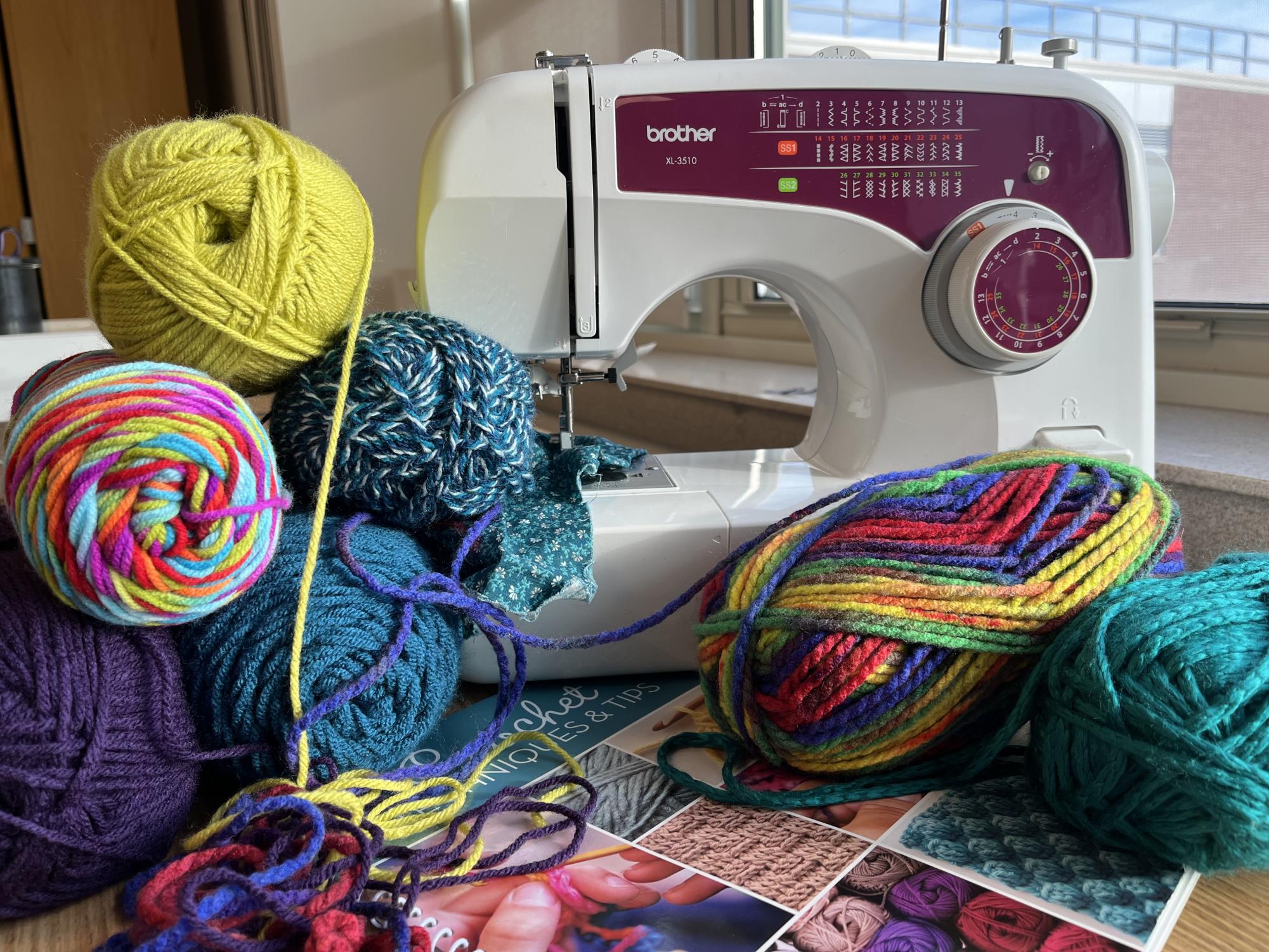
Stitching a Better World through Fiber Arts (CP/H), taught by Michelle Sheppard is a semester long new course that will focus on creating pieces from knitting, crocheting, stitching and sewing.
Please describe the new course you will be teaching, including main objectives, projects or focus.
“The main focus of areas of this course are going to be knitting, crocheting, stitching and sewing. Students can explore those with some independence in the first half of the class, and then in the second half of the class they’ll do two projects. One is a personal project and one is a community project.”
Why should students take this course?
“I think this is a really wonderful opportunity for people that don’t feel like they are an artist… If people don’t feel like they are super natural in making art, I think this is going to be a really wonderful class where they can make stuff, step back from it, feel good and then contribute some good to the world with the things that they make, and also see themselves improve in something like knitting and crocheting.”
Why do you think this course is beneficial to be offered at Algonquin?
“The various loves of making that we have going on out of this building can come together in a place and can kind of harness that collective energy to give back… It would be really wonderful if we could tie in that incredible generosity and that energy to help the world. With making and with watching people try something new and get better at that something new, and then to push that forward out into the community as like a gift and a form of love and connection is wonderful.”
What are you most looking forward to about teaching this course?
“I’m looking forward to what people bring to it, their knowledge, their experience and their hopes. I also think that those places where we connect with other people are so special and I’m really excited to create more of that space and energy.”
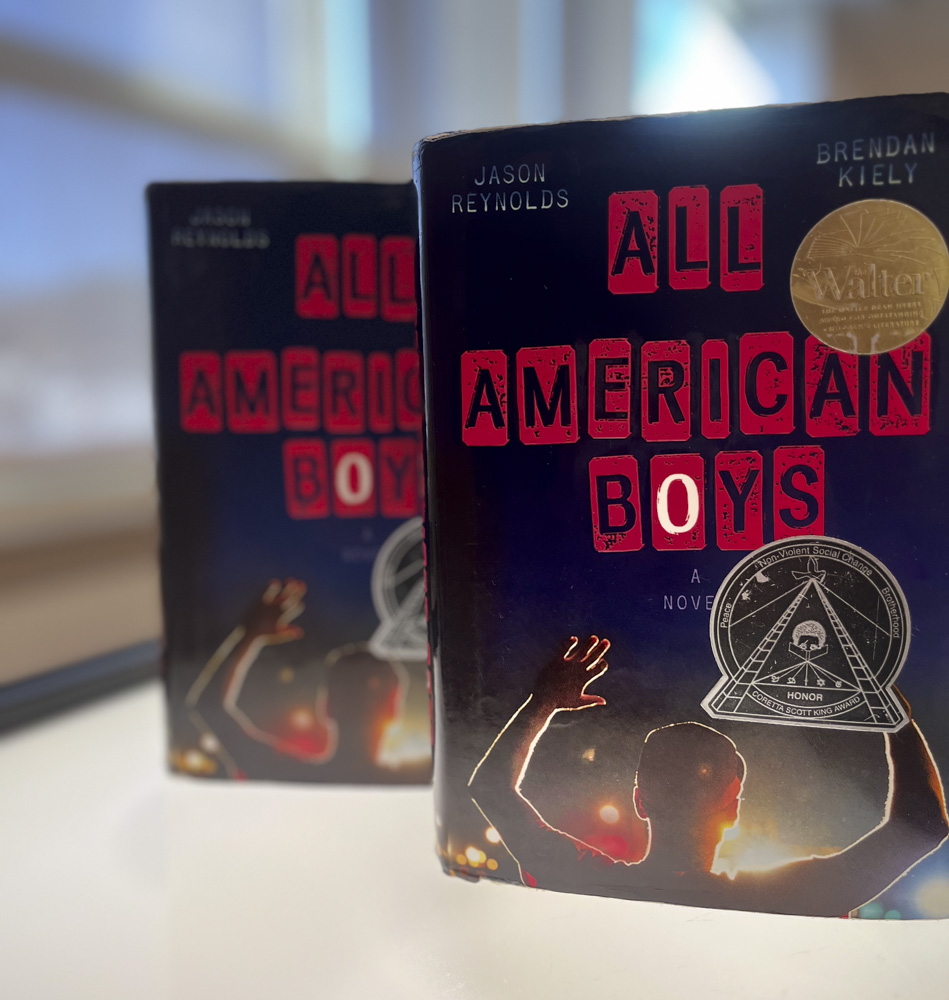
Taught by English teacher Sara Stein, Sports Literature is a new semester-long course (CP/H) where students will read and dive into topics related to sports and our world.
Please describe the new course you will be teaching, including main objectives, projects or focus.
“The goal is [of Sports Literature is] to talk about how sports reflect different things in our culture. There’ll be some choices and there’ll be some book groups. And then the course ends with a capstone project, which involves research on a topic, a sports-related topic of your choice. Social justice issues, race, gender and ability are things that we will dive into during this class.”
Why should students take this course?
“I hope that there’s some balance in who will take the class. I hope it’s not all boys. People said, ‘Oh, a lot of boys are gonna want that.’ That’s fine, I’ll be very happy nonetheless, but I hope that many people come even if they don’t like sports. It’s everywhere. We live in America where fan culture is so big that we should try to learn about sports and how they affect many cultures and aspects of life. I think if you enjoy reading and enjoy talking about topics that are important and related to the books we read you’ll enjoy the class.”
Why do you think this course is beneficial to be offered at Algonquin?
“I think that it’s really easy for students to not know that it is not typical to be able to pick from this variety of classes that we have. That’s not a typical high school experience. Most high schools have Senior English and AP English choices. That’s it. So I think it’s important for kids to pick topics and classes that interest them where they want to engage.”
What are you most looking forward to about teaching this course?
“I’m just really excited. I feel like I have a lot to learn. I think kids can actually teach me a lot. Of course, I’ll learn more about what they’re thinking about and what issues are important to them. I think as a middle aged person, it’s really easy to think like, ‘Oh, you should read this classic.’ And I think I can become more informed by students, too.”
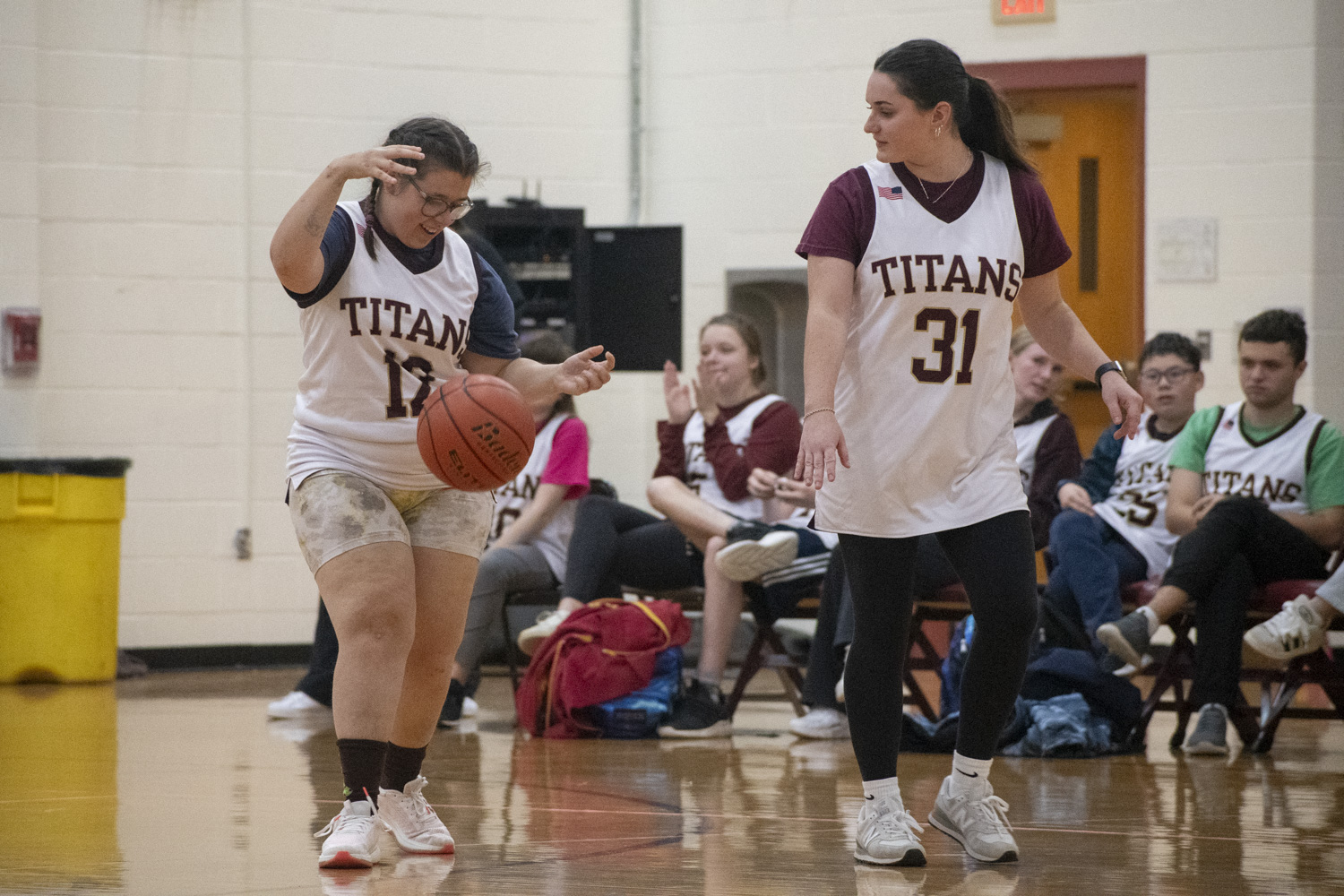
Unified Health and Fitness (CP/H) will be taught by gym teacher Kristen Morcone as it aims to foster a more inclusive learning environment for students with physical or mental disabilities.
Please describe the new course you will be teaching, including main objectives, projects or focus.
“It will provide all of our students with a better environment to succeed. Essentially we’re going to have some students with different intellectual disabilities and physical limitations, paired up with other students, which sets everyone up for the best success.”
Why should students take this course?
“I think if anyone’s ever been to a unified basketball game or unified track meet, they could see instantly how rewarding it is and how much fun it is for people and helping your peers succeed. I think it’ll be a very rewarding class that will have some challenges to it and I’m excited. I think overall it’s going to be an extremely rewarding experience.”
Why do you think this course is beneficial to be offered at Algonquin?
“It’ll be a lot more inclusive for all of our students. It will give them a chance to be leaders and set great examples that they are already doing right now. I’m just going to make a different setting to do that. I think it’ll allow them to have the adaptation modifications for them to better succeed being physically active in whatever sport.”
What are you most looking forward to about teaching this course?
“I’m looking forward to the relationships that are formed in the classroom and I hope they all continue outside the classroom as well. I’m looking forward to different milestones that could help all of the students accomplish their goals. I’m looking forward to the course growing and hopefully getting bigger and bigger each year.”
Will the class be Honors, CP, or both?
“The class is going to be a mix of CP and Honors students. Obviously the workload will be a little bit different for honor students. We have both options to hopefully include everyone that’s interested in trying this out.”
Is there anything else you’d like to add?
“I’m really thankful to the administration and the school for letting me try this out. It’s definitely a risk, but I think the rewards are going to be far greater than the risks and I’m really excited for it. Sign up.”
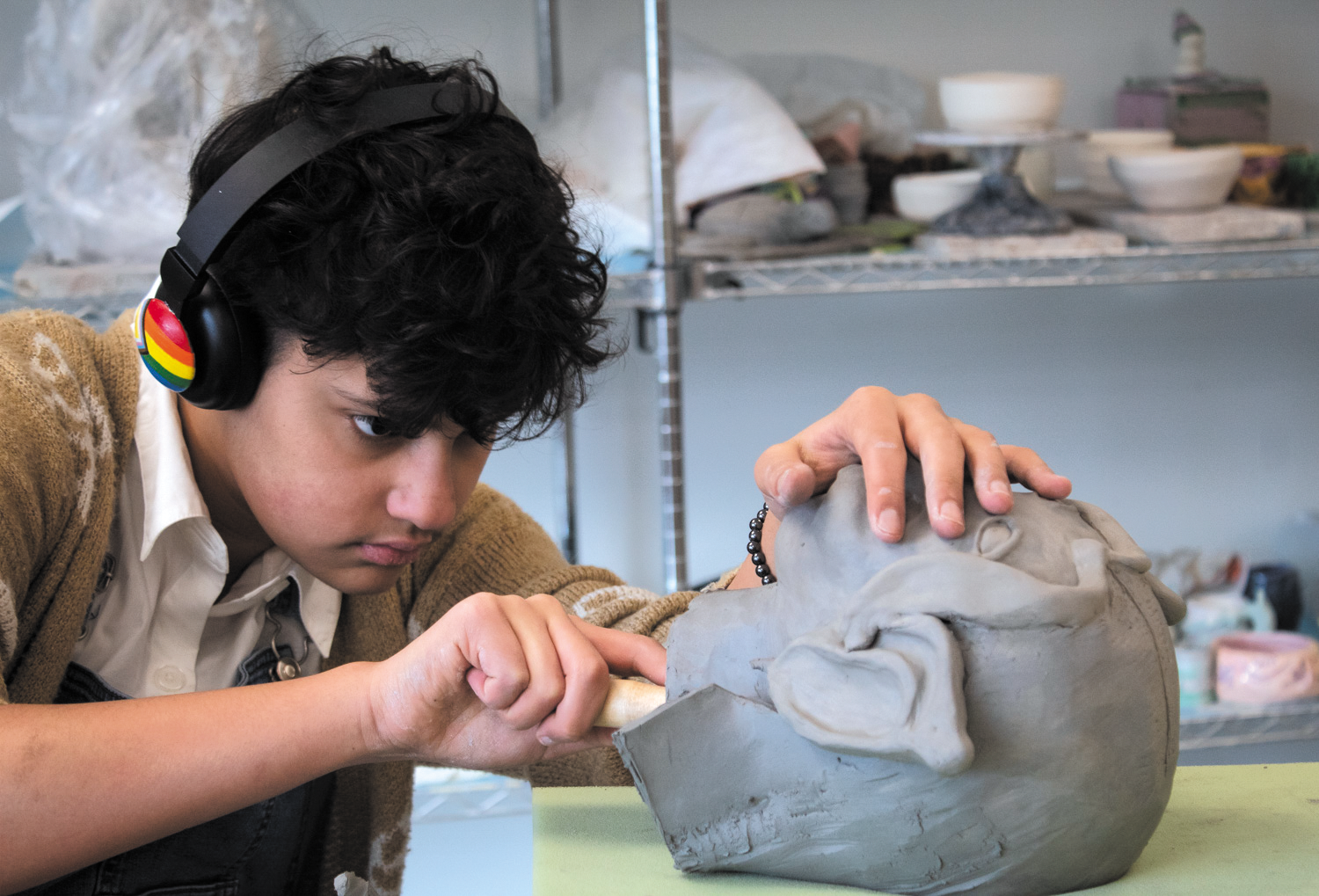
AP Studio Art 3-D design, taught by Fine Arts Danielle DeCiero, is a year-long new course, with the prerequisite of any two 3-D arts courses (such as Ceramics or Mixed Media Art). This class will further investigate three-dimensional art forms in ceramics and/or sculpture.
Please describe the new course you will be teaching, including main objectives, projects or focus.
“It’s on the subject matter that I tend to specialize in, so anything three-dimensional. In terms of objectives, the goal is that we’re offering a college level course here for students who are interested in that medium… It does take a lot of time [to create ceramics and three-dimensional arts], so I’d like to be able to give students a designated opportunity to develop their portfolios.”
Why should students take this course?
“I think students should look forward to this class if they are interested in art, if something speaks to them, if it’s something they’re passionate about whether it be just a hobby or an interest they have… and they really just want to continue to develop those skills and really spend a lot of time focusing on 3-D mediums. Or if you know you’re thinking you want to go to school for art… You’re manipulating things with your hands and sculpting versus working on a computer to generate photos or drawings or a painting.”
Why do you think this course is beneficial to be offered at Algonquin?
“By not having [AP art] in the 3-D field, it kind of made it seem like there wasn’t something to work on towards that. This gives us a little way for students who are interested in three-dimensional arts to feel like there’s a goal to strive for at the collegiate level.”
What are you most looking forward to about teaching this course?
“I’d like to spend time working with students, whether it be experimenting with different techniques that we don’t really have time or interest in delving into at a Ceramics II level. I’m excited to have a whole year to work on stuff; it’s going to give a much longer leash to plan out what sorts of works do you want to create.”
Is there anything else you’d like to add?
“The prerequisites for this course are Ceramics I and II or Mixed Media. In prior years, we offered something called 3-D Design, which we’re not offering for next year, but we’re hoping someday down the road, we could bring this back, so they kids can use that as a stepping stone, so we could add that to the choices of prerequisites.”
A donation of $40 or more includes a subscription to the 2024-25 print issues of The Harbinger. We will mail a copy of our fall, winter, spring and graduation issues to the recipient of your choice. Your donation supports the student journalists of Algonquin Regional High School and allows our extracurricular publication to purchase equipment and cover our annual website hosting costs.
